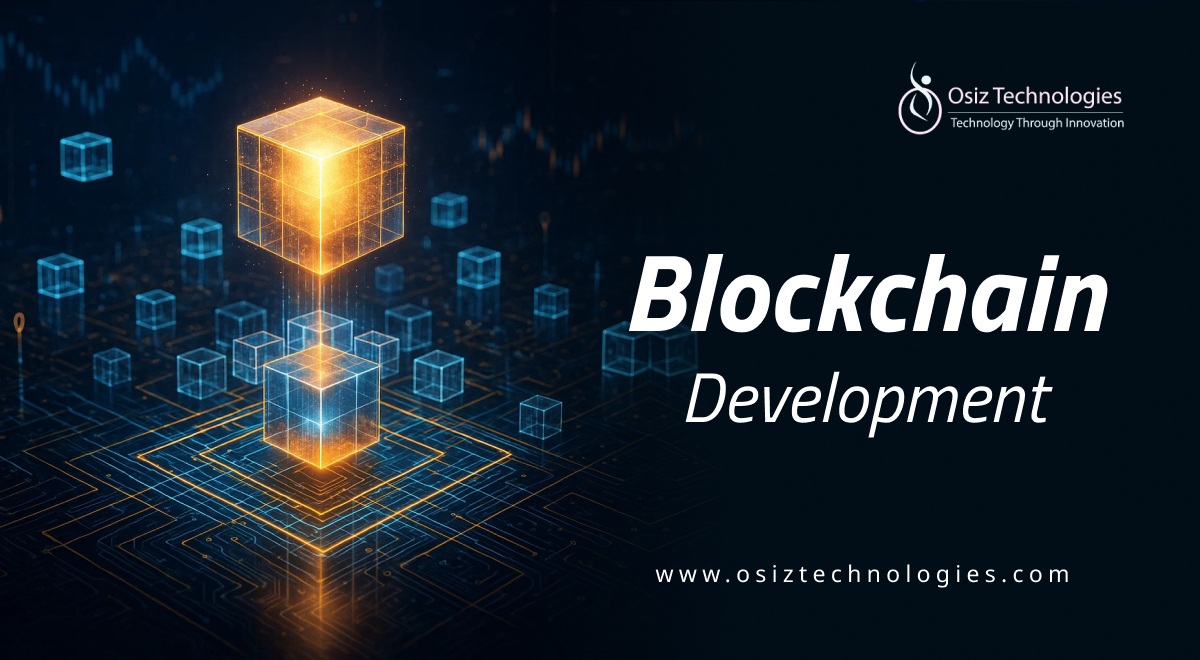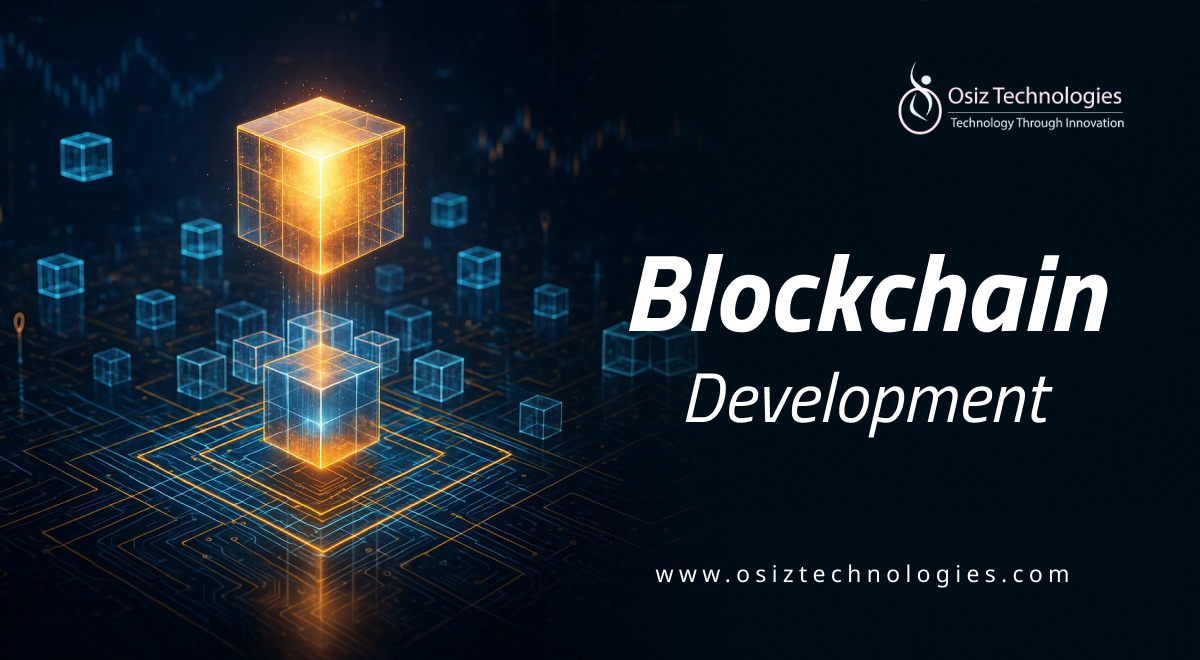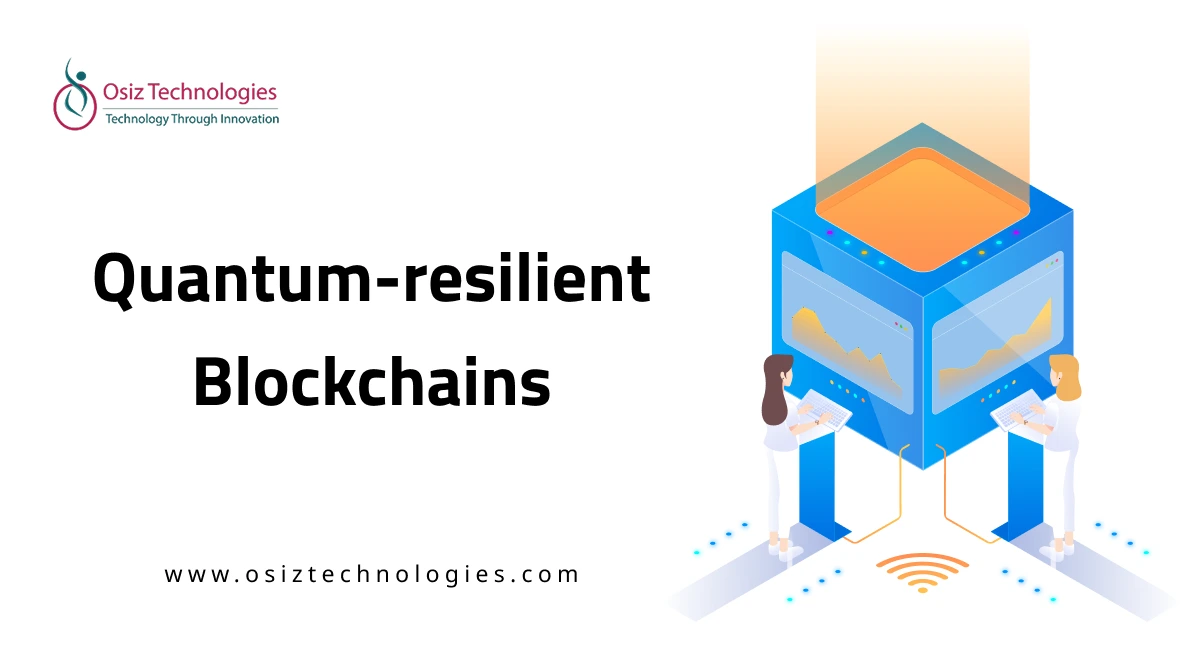Metaverse - An Overview
The Metaverse is a virtual environment that combines augmented reality (AR) and virtual reality (VR) technology to provide users with immersive and interactive experiences. There are countless opportunities for interaction, fun, and business within this networked world of virtual worlds.
Science fiction author Neal Stephenson's 1992 book "Snow Crash" popularized the concept of the Metaverse, which has since captivated the interest of computer enthusiasts all around the world. The notion of the Metaverse is not new, but recent advances in technology have pushed it closer to reality.
Evolution in the Metaverse
From the earliest days of the internet, the Metaverse has developed into sophisticated, realistic landscapes built on text. It currently strives for complete immersion after moving via graphical user interfaces and 3D virtual environments. This evolution is driven by advancements in networking, hardware, and cutting-edge technology, underscoring the continuous expansion of this digital frontier.
Over time, there have been significant developments in connection and technology that have coincided with the growth of the Metaverse. The development of high-speed internet, wearable technology, and graphics processing units (GPUs) has made it feasible to create virtual environments that are more realistic and immersive. As a result, the Metaverse has developed from a fictional idea to a tangible digital ecosystem.
How Does the Metaverse Work?
The Metaverse is powered by a combination of many technologies. First, with the use of holographic and avatar representations, users can engage with the digital world thanks to virtual and augmented reality technologies. Second, blockchain technology guarantees the ownership of digital assets and safe user transactions.
Furthermore, by developing intelligent and responsive virtual characters that can communicate with users in real-time, artificial intelligence (AI) significantly contributes to the enhancement of the Metaverse experience. The combination of these components results in a dynamic and engaging setting. Avatars are used by users to interact with things, navigate this area, and even transact business.
Why is the Metaverse Important?
The Metaverse is of critical importance. It has the power to completely transform several sectors, including collaboration, gaming, e-commerce, entertainment, and remote employment. The Metaverse offers a seamless digital environment that goes beyond geographical borders, allowing people to interact, network, and discover new opportunities. It provides a platform for growth on both a personal and professional level, leading to previously unheard-of chances. While artists view the Metaverse as a blank canvas for creative expression, businesses are investigating it as a platform for commerce.
Top 7 Metaverse Technologies
Virtual Reality (VR)
VR technology, which transports people to computer-generated landscapes within the Metaverse, is the foundation of immersive experiences. Users can interact and explore as it immerses them in an engaging digital world by simulating a three-dimensional space.
VR functions differently. It creates a virtual environment that is created by a computer and is similar to the idea of the metaverse. Gloves, sensors, and virtual headsets can be used to investigate it. Users will be able to communicate, sense, and hear with anybody anywhere in the world.
More metaverse corporations may soon invest in developing AR and VR technology, considering the excitement around the metaverse.
Augmented Reality (AR)
Augmented Reality (AR) blurs the line between virtual and real worlds by superimposing digital material over users' physical surroundings in the Metaverse. Through this integration, daily experiences are enhanced and a dynamic, mixed reality is provided. Virtual reality's applications are expanded by augmented reality.
Using a racing car company as an example, let's look into their VR showroom within the metaverse. Brands are limited to providing a virtual version of the cars at the store through virtual reality (VR) in the metaverse. But before making a purchase, augmented reality enables customers to take a virtual test drive and experience the vehicle firsthand.
AR-enabled games allow players to use dynamic digital graphics to gaze around them, like the Pokémon GO mobile app. Gamers may virtually capture Pokémon as well as observe them in the real world when they unlock the cameras on their phones.
Blockchain
Blockchain is essential to the Metaverse's security and openness. Blockchain promotes a safe and decentralized environment by guaranteeing reliable transactions, confirming ownership of digital assets, and establishing verifiable identities for individuals and entities.
Because decentralization is the cornerstone of Web 3.0, the future of the web, blockchain is also essential to the development of the metaverse. Therefore, even metaverse projects must be designed as decentralized platforms in order to support a decentralized web.
Purchasing ownership rights allows people to participate in the governance of the company creating the virtual domain, which will ultimately result in the creation of user-owned communities and virtual democracies. Access to any digital location is possible through the Blockchain-based Metaverse, which operates independently of a centralized organization.
Artificial Intelligence (AI)
Artificial Intelligence (AI) adds dynamic and responsive features to the Metaverse, enhancing its intelligence. Artificial Intelligence (AI) improves virtual environments by tailoring user interactions to individual preferences and producing lifelike NPC behaviors that provide for a more engaging experience.
Businesses that use AI replace human labor with automated, computer-controlled processes. The most popular uses of AI in business are for quick computation, facial recognition identity verification, analytics, and scaling more effective tactics.
The creation of avatars for the metaverse is another potential application for AI. AI systems may analyze 2D pictures or 3D scans to create avatars that are more accurate and lifelike. AI might be used to generate new features, apparel, hairstyles, and facial expressions to enhance the digital people we build, making the process more dynamic.
3D Reconstruction
While this is not a new technology, its use has increased during the epidemic, particularly in the real estate sector, where lockdowns prevented potential purchasers from seeing properties in person. Building a Metaverse setting that closely resembles the real world is one of the main problems.
With the use of powerful 3D cameras, people may use their surroundings to generate accurate, photorealistic 3D representations of buildings, real-world locations, and other objects. After being transmitted to computers, the 4K HD pictures and 3D spatial data are processed, creating a virtual version that users can explore in the metaverse.
Businesses can assist prospective clients in using virtual tours to inspect, assess, and purchase real estate. Real estate brokers can sell their houses over the metaverse without having to meet in person.
IOT
IoT strengthens the link between the metaverse and actual items or gadgets in the real world. These gadgets can easily send and receive information once they are linked to the metaverse, improving the metaverse's ability to replicate the real world.
These gadgets will have the capacity to send and receive information automatically as well as have a unique identification once they are connected. These days, voice-activated speakers, thermostats, medical equipment, and many other gadgets are connected to several data sources via the Internet of Things.
Data distribution and collecting from the real world is one application of IoT in the metaverse. This would improve the digital representations' accuracy.
Edge Computing
Edge computing optimizes Metaverse performance by processing data closer to its source, hence addressing the challenges of a distributed system. As a result, latency is decreased and users can traverse the large digital space with ease and responsiveness.
These seven technologies work together to create the Metaverse's framework, defining a digital frontier that keeps changing and expanding the possibilities for communication and discovery amongst people. Edge computing, which is primarily utilized in business settings, essentially allows for quicker data transfer with less delays and contributes to more seamless experiences.
Distributed computing, a more recent iteration of edge computing, enables users to take advantage of edge computing features without establishing hardware infrastructures. One of the main roles that edge computing will play is providing Metaverse users with functionality.
Challenges and Opportunities in Metaverse Development
The Metaverse has many potential applications, but it is not without difficulties. Significant challenges include the necessity for standardization, security problems, and privacy considerations. Developing a smooth user experience, guaranteeing platform interoperability, and managing the environmental effects of operating large virtual environments are challenges that developers must overcome.
However, these challenges create opportunities for creativity. New business models, innovative content production, and the discovery of fresh approaches to ethical and technical problems can all flourish as the Metaverse develops. Entrepreneurial brains can investigate and lead ground-breaking innovations on the Metaverse.
Future of the Metaverse in 2024
The Metaverse will undoubtedly play a significant role in our digital lives in 2024. More people using VR and AR, more progress being made in AI and blockchain, and further user interface improvements will all lead to a more complex and engaging Metaverse experience.
We may expect a boom in the creation of Metaverse applications in a variety of sectors, including gaming and entertainment, healthcare, education, and more. The metaverse is genuinely developing into a ground-breaking and immersive digital environment through the expertise of advanced technologies of Osiz Technologies, a renowned metaverse development company.
Listen To The Article
Recent Blogs

Black Friday 30%
Offer












